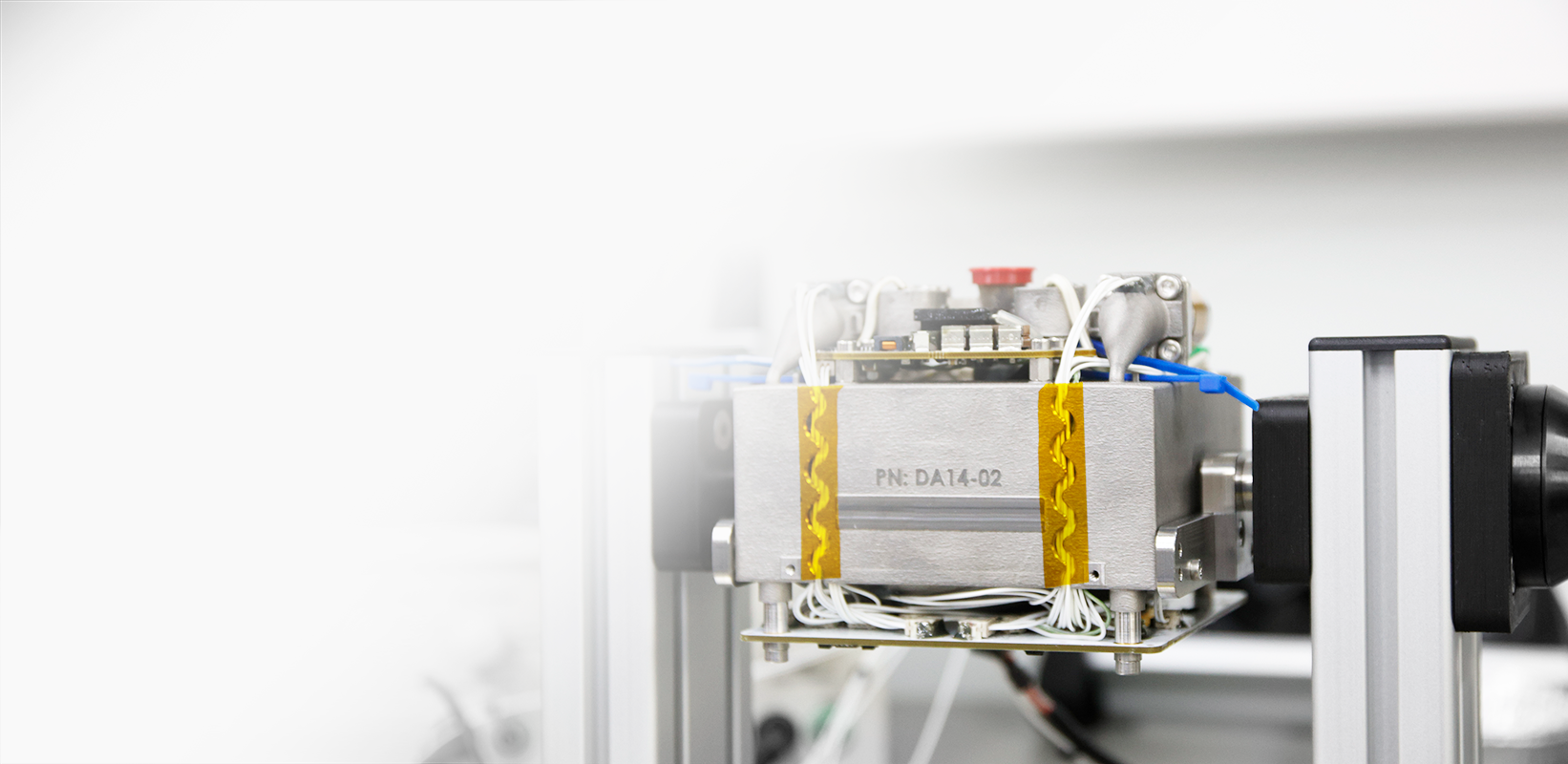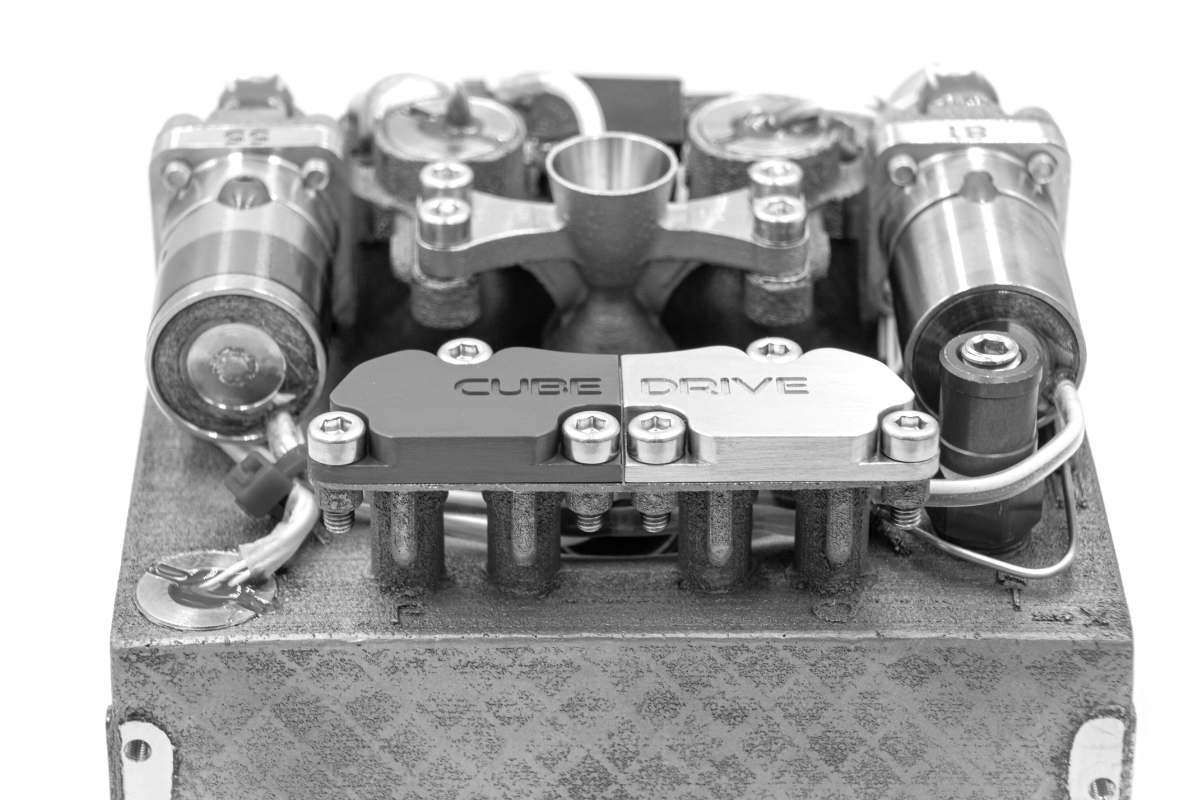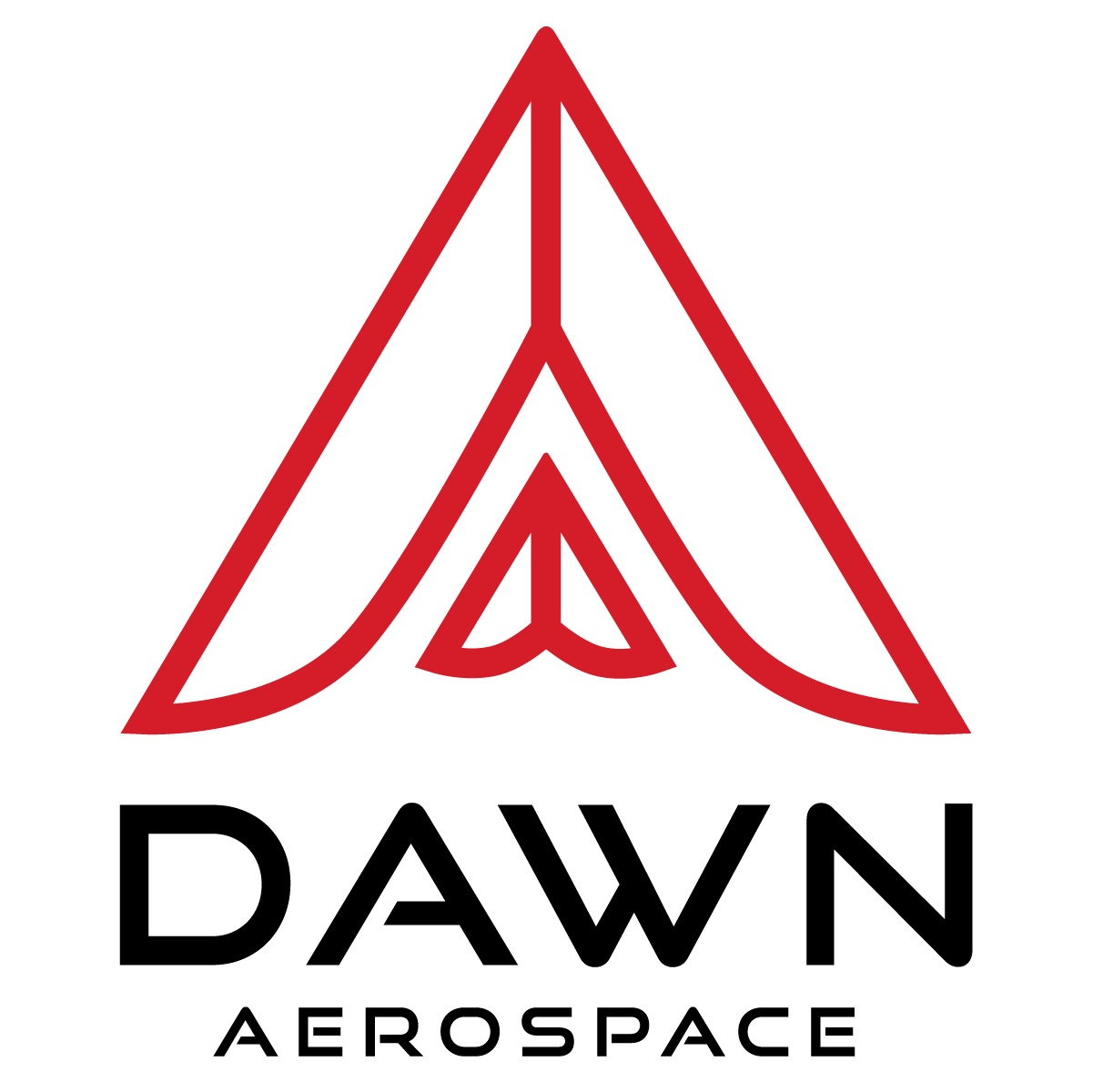
GREEN CUBESAT PROPULSION
- Integrated turn key propulsion system
- Optimized for volumetric efficiency
- Easy integration with cubesats
CubeSat propulsion systems and bolt-on collision avoidance kits for ESPA-class satellites. Each CubeDrive includes a B1 thruster, tanks, valves, and control electronics. Structures are 3D printed as a single monolithic piece using Inconel, including fuel and oxidizer tanks. Health monitoring instrumentation includes various thermocouples and pressure sensors.
-
Status
In spaceThruster
One B1 thrusterTotal impulse
95.5 lbf.s
425 N.sMass (dry / wet)
2.14 lbm / 2.58 lbm
970 g / 1170 gDimensions
3.15 x 3.78 x 3.78 in
80 x 96 x 96 mmPropellants
Nitrous oxide (N2O) and
Propylene (C3H6)Tank type
Type 1: All metallic, 3D printedData
CAN bus, RS-485, or RS-422Supply voltage
Digital: 5 to 5.2 VDC, and
Actuators: 12 VDC unregulatedOperational temperature
23°F to 86°F (-5°C to 30°C)Survival temperature
-22°F to 104°F (-30°C to 40°C)
-
Status
In developmentThruster
One B1 thrusterTotal impulse (~)
325 lbf.s
1450 N.sMass (dry / wet)
4.52 lbm / 5.95 lbm
2050 g / 2700 gDimensions
7.87 x 3.78 x 3.78 in
200 x 96 x 96 mmPropellants
Nitrous oxide (N2O)
Propylene (C3H6)Tanks
Type 1: All metallic, 3D printedData
CAN bus, RS-485, or RS-422Supply voltage
Digital: 5 to 5.2 VDC, and
Actuators: 12 VDC unregulatedOperational temperature
23°F to 86°F (-5°C to 30°C)Survival temperature
-22°F to 104°F (-30°C to 40°C)
“It is revolutionary to the CubeSat market. There are alternatives out there, but nothing that suit a 3U CubeSat like this.”
— Maarten Engelen, CTO, Hiber
CubeDrive Green Propulsion
- 1N
-
Available in various form factors, the B1 thruster is currently utilized as the central thruster in Dawn’s CubeDrive propulsion modules and as a modular building block within Dawn's turn-key SatDrive systems. They can be positioned throughout the spacecraft, in clusters, and at various cant-angles. The B1’s assembly includes the thruster body, valves, and control electronics. Thruster bodies are additively manufactured as a single structure using Inconel 718 and include the injector, combustion chamber, and nozzle. Health monitoring instrumentation includes an integrated and isolated thermocouple and chamber pressure sensor. With standard data and power interfaces, thrusters are easy to command and operate.
-
Physical
Thruster dimensions
4.25 x 3.11 x 1.58 in (108 x 79 x 40 mm)Dry mass
0.57 lbm (260 g)Nozzle expansion ratio
100:1Valves
Normally-closed solenoid
Two per thrusterInterfaces
Mounting
Four 3.2mm holes.Performance
Thrust, range
0.10 to 0.29 lbf (0.46 to 1.28 N)Minimum impulse bit
Bi-prop: 0.022 lbf.s (0.1 N.s)
Cold-gas: 0.001 lbf.s (0.005 N.s)Ignition
Spark-based igniterPulse frequency
4 HzRestarts
6,500 per thrusterControl
Operable together or independently
Select your desired quantity
Pair with B20 thrustersFiring modes
Bi-prop & cold-gas. Switch at will. Managed by not engaging the spark-igniterCold-start capable
Yes. Highly repeatable -
DEFINING FEATURES
High-performance propulsion
Experience significant time and power savings by switching to spark-based ignition, allowing you to conduct cold-start to full thrust firings in under 100ms. Achieve high performance exactly when needed by removing sensitive catalysts.
Rideshare friendly
Dawn’s propulsion systems have flown on every SpaceX Transporter mission to date, Starlink rideshare, and Arianespace’s Vega rideshare. Learn more about our safe failure modes and why launchers like what we’re building.
A unified architecture
All Dawn systems use the same highly scalable N2O/C3H6 architecture. Select your desired thruster quantity and thrust class(es), tank size, and interface, then let us do the rest.
Less parts = higher reliability
Propellants are self-pressurizing and don't require external pressurants, high-pressure regulators, or mechanical PMDs. There are no rare-Earth materials, catalyst beds, or proprietary propellants. The result: low part count, low weight, low cost, and high reliability.
Dual firing modes
Unique for rendezvous and proximity operations, all thrusters can operate in both a bi-propellant and cold-gas mode by controlling the spark igniter. Even with large thrusters, achieve tiny impulse bits for RPO, fine pointing, and servicing.
Domestic propellant suppliers
N2O(purity class 2.0) and C3H6(purity class 2.5) are widely available from domestic suppliers. ITAR-free and REACH-compliant, avoid the international supply chain, export control, and cost issues of proprietary propellant blends.
"Dawn’s engineering approach mirrors our own at Lynk, and they are positioned to build at scale."
— Charles Miller, CEO, Lynk

DESIGN, DELIVERY, & SUPPORT 🚀
Mission design
Whether you want orbit insertion, phasing, stationkeeping, debris avoidance, life extension, momentum management, de-orbiting, or all the above, we’ll help you with mission success.
Engineering support
Although our systems all use a unified architecture, we know that satellite builders have different needs. That’s why we give engineering support to all our customers.
Production
High-volume and high-cadence production. State-of-the-art additive manufacturing with lean production methodology. In-house 5-axis machinery and cleanrooms.
Accelerated schedules
Enabled by vertically integrated capabilities of engineering, manufacturing, and testing.
Environmental qualification
In-house hot-fire and hydrostatic test facilities. Access to world-class test facilities for thermal cycling, shock, 3-axis vibration, and radiation testing.
Acceptance testing
In-house vacuum chambers and ambient test setups for hot-fire and full hardware-in-the-loop tests. Standardized and well-defined test procedures and quality assurance plans.
Export
Global export licenses, exporting from New Zealand and The Netherlands. Flown on satellites launched aboard 🇺🇸 and 🇪🇺 vehicles.
Launch-site fueling support
Dawn provides worldwide support for satellite fueling and propellant sourcing, whether at the launch site or your own premises.
On-orbit commissioning
We don’t just deliver you hardware, a few ICDs, then leave you to it. We are a full-service partner by your side the entire way.













